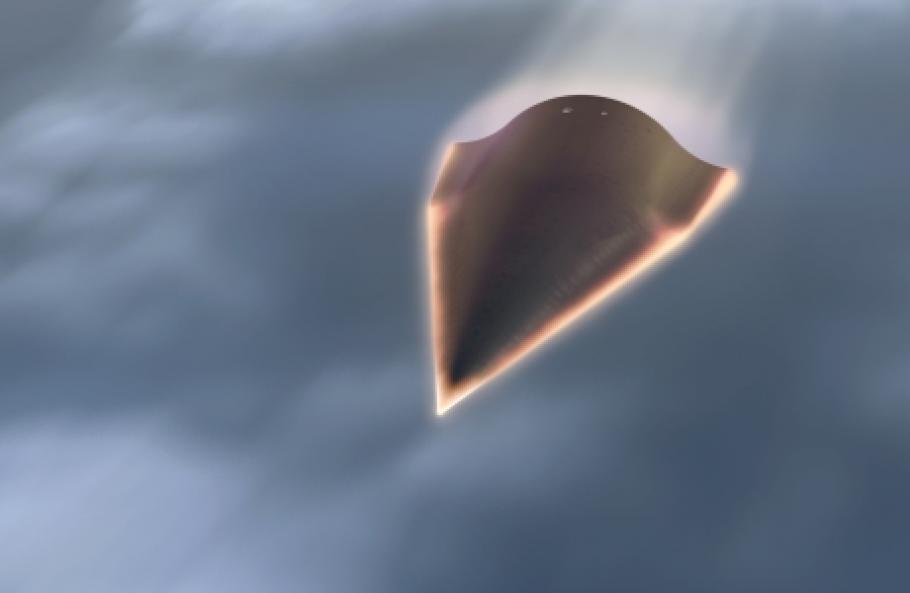SOURCE: IDRW.ORG

In a strategic move to foster an advanced research ecosystem, the Defence Research and Development Organisation (DRDO) has established the DRDO-Industry-Academia Centre of Excellence (DIA-CoE) at the Indian Institute of Technology Hyderabad (IIT-H). This new centre, known as DIA-CoE, IITH, focuses on developing critical technologies that will bolster India’s defense capabilities across multiple domains, including missile defense, hypersonics, artificial intelligence, and space applications.
The DIA-CoE at IIT Hyderabad marks a key step in DRDO’s broader mission to establish Directed Research Eco-systems across India’s premier academic institutions. By bringing together DRDO laboratories, academia, startups, and industry, the initiative aims to accelerate indigenous development of technologies that will meet the evolving demands of modern warfare and national security. The center at IIT-H is part of DRDO’s nationwide network of Centers of Excellence, each focusing on specialized areas of defense research and development.
Ultra-High Temperature Materials for Hypersonic Vehicles
Hypersonic vehicles, which can travel at speeds greater than Mach 5, require materials that can withstand extreme temperatures encountered during high-speed flight. DIA-CoE at IIT Hyderabad will work on developing ultra-high temperature materials, enhancing the resilience and performance of hypersonic vehicles, a domain critical for long-range strike capabilities.
Artificial Intelligence for Missile and Missile Defense
AI applications in missile technology can significantly improve targeting accuracy, guidance systems, and real-time decision-making capabilities. The center will focus on integrating AI into missile systems and missile defense, providing a higher level of autonomy and operational efficiency in combat scenarios.
Technologies for Space Applications
Given the increasing importance of space in modern defense strategies, the center is working on space-based technologies, which include satellite systems, communication enhancements, and defensive mechanisms in space. These technologies will be pivotal in building a robust space defense capability and ensuring the resilience of India’s space assets.
Adaptive Imaging and Image Processing
Adaptive imaging technologies are essential for surveillance, target identification, and reconnaissance. Research in adaptive imaging will enhance the clarity, accuracy, and adaptability of images captured in various environments, crucial for intelligence gathering and battlefield assessment.
Nano-Ornithopter Technologies
Ornithopters, bio-inspired flying machines that mimic bird flight, have significant potential in surveillance and intelligence missions. Nano-Ornithopter technology could enable highly maneuverable and stealthy drones capable of evading detection and performing close-range reconnaissance.
Seeker and Homing Technologies
Advanced seeker and homing technologies are vital for precision-guided munitions, enabling missiles and other projectiles to accurately locate and strike designated targets. The center’s focus on this area will improve the efficacy of guided weapon systems, ensuring high precision in complex environments.
Additive Manufacturing
Additive manufacturing, or 3D printing, is transforming the defense sector by enabling rapid prototyping and production of complex parts. The center will explore advanced additive manufacturing techniques to produce high-strength, lightweight components, reducing manufacturing time and cost for critical defense equipment.
NOTE : Article cannot be reproduced without written permission of idrw.org in any form even for YouTube Videos to avoid Copy right strikes. Websites doing illegal reproductions will get DMCA and Legal Notices.